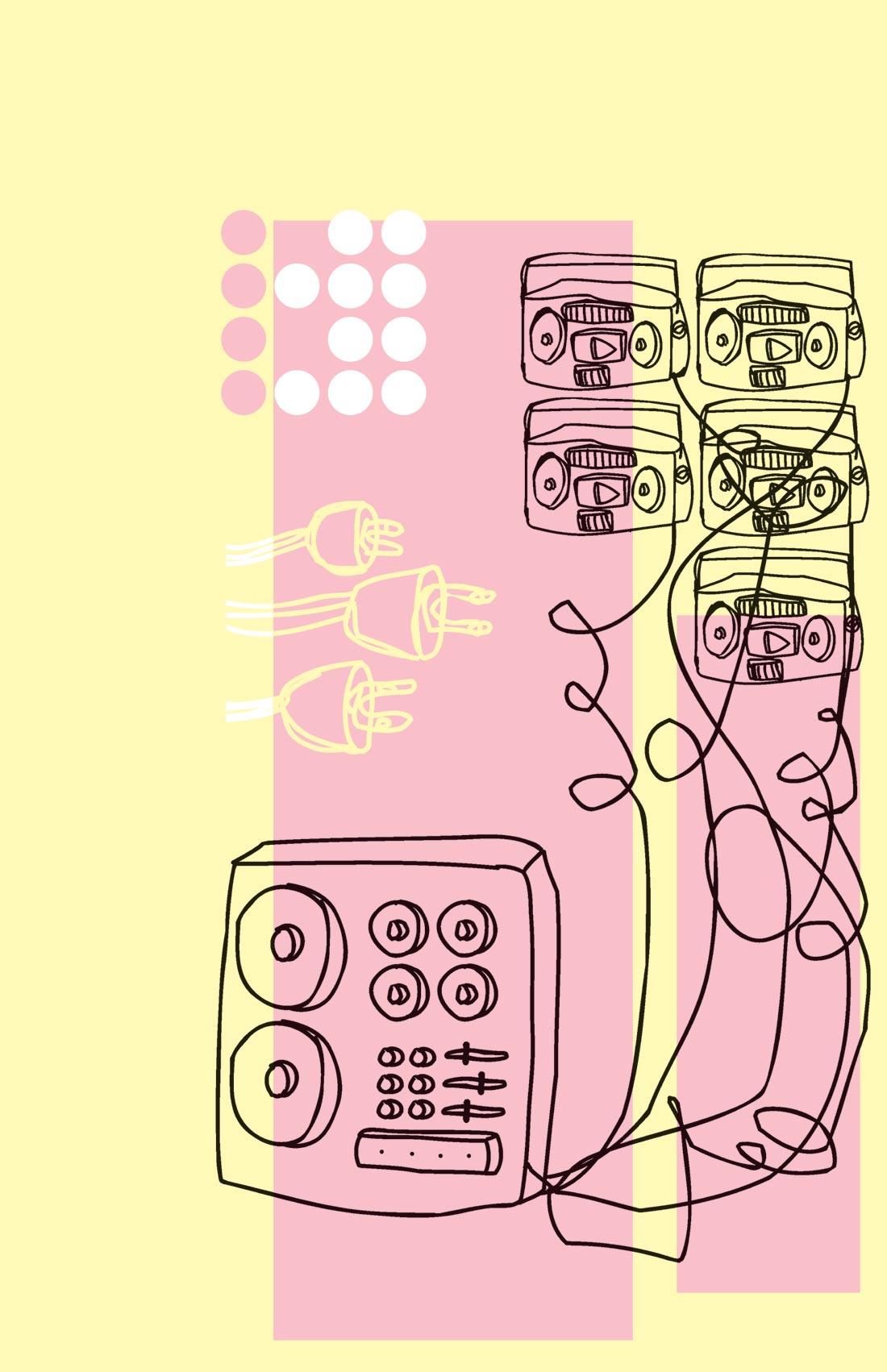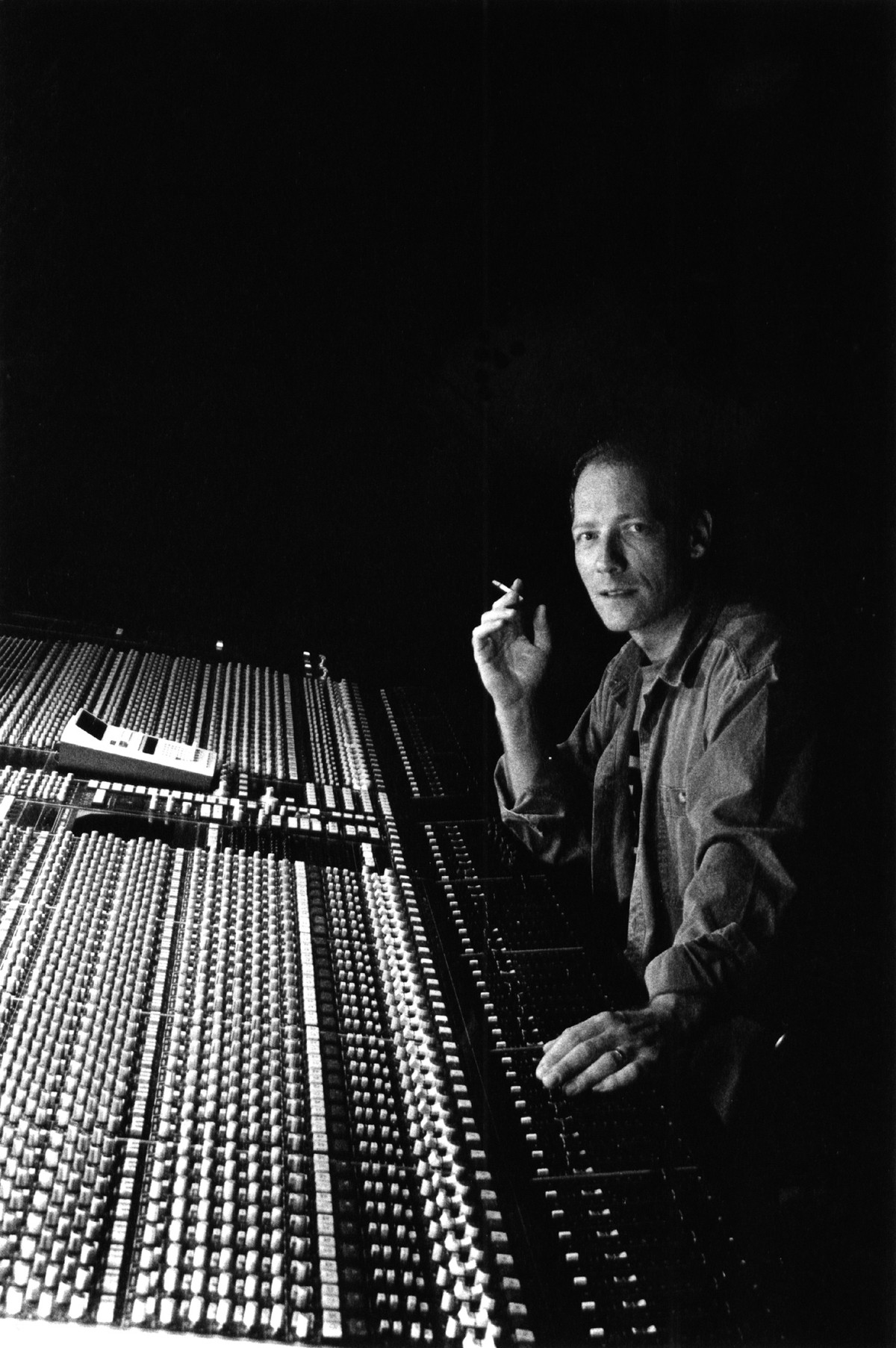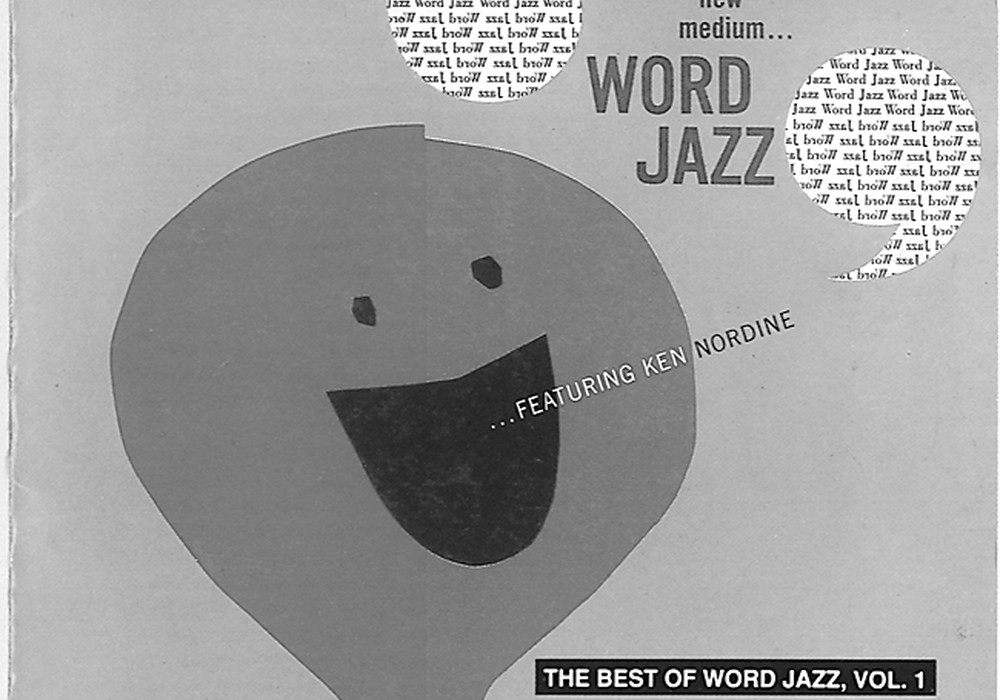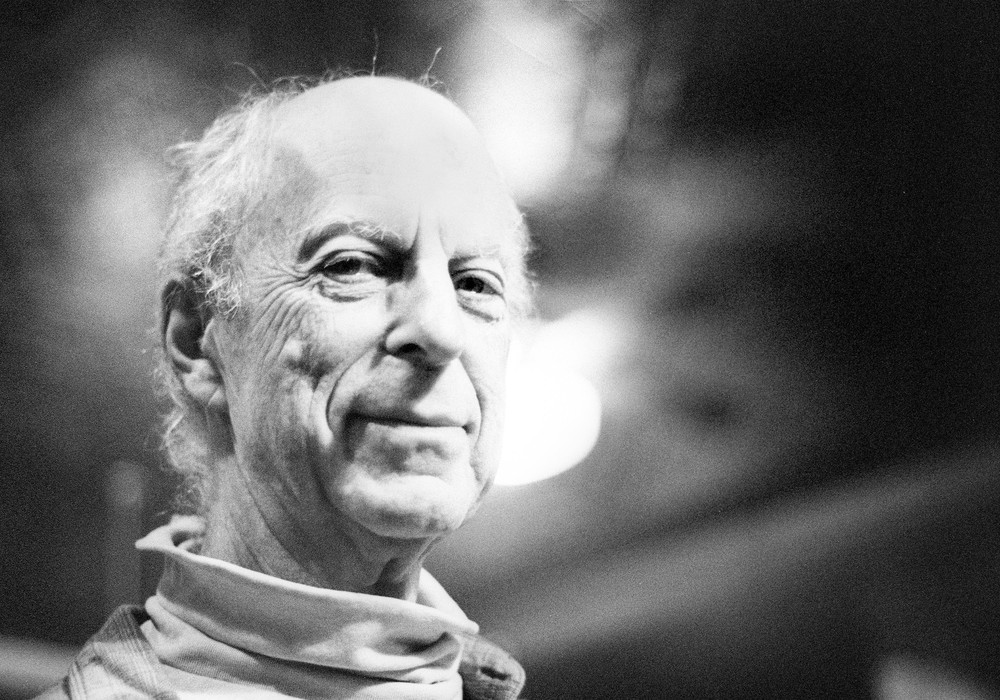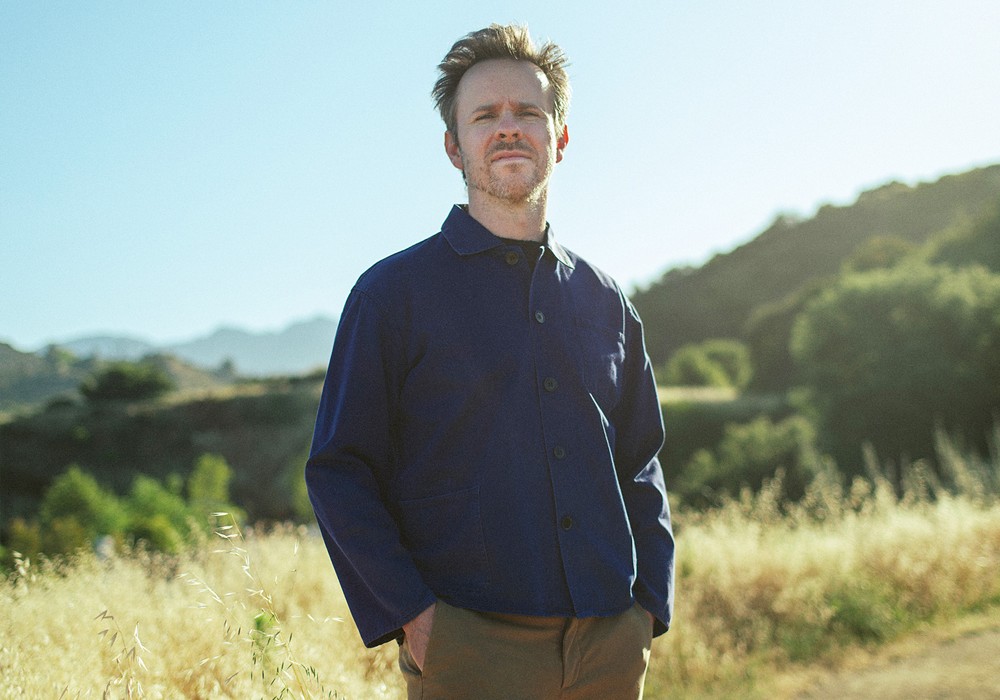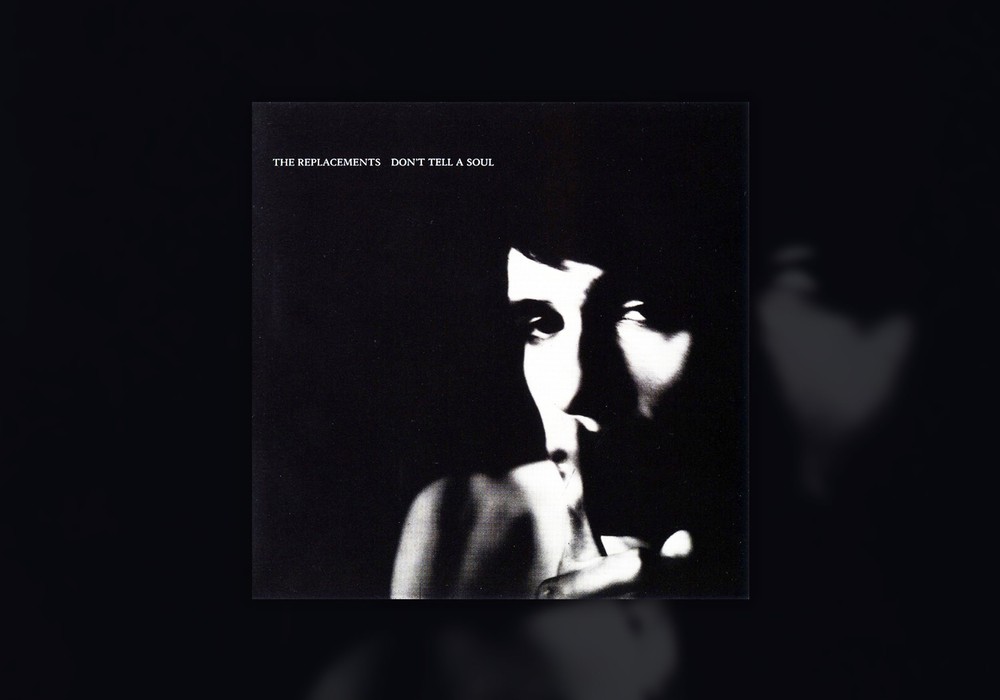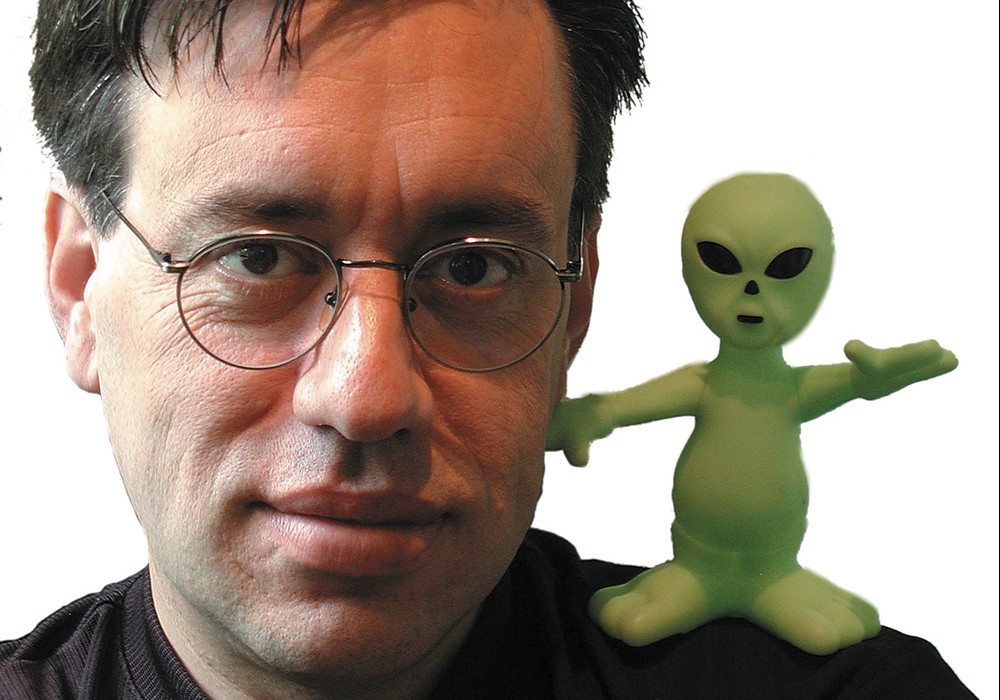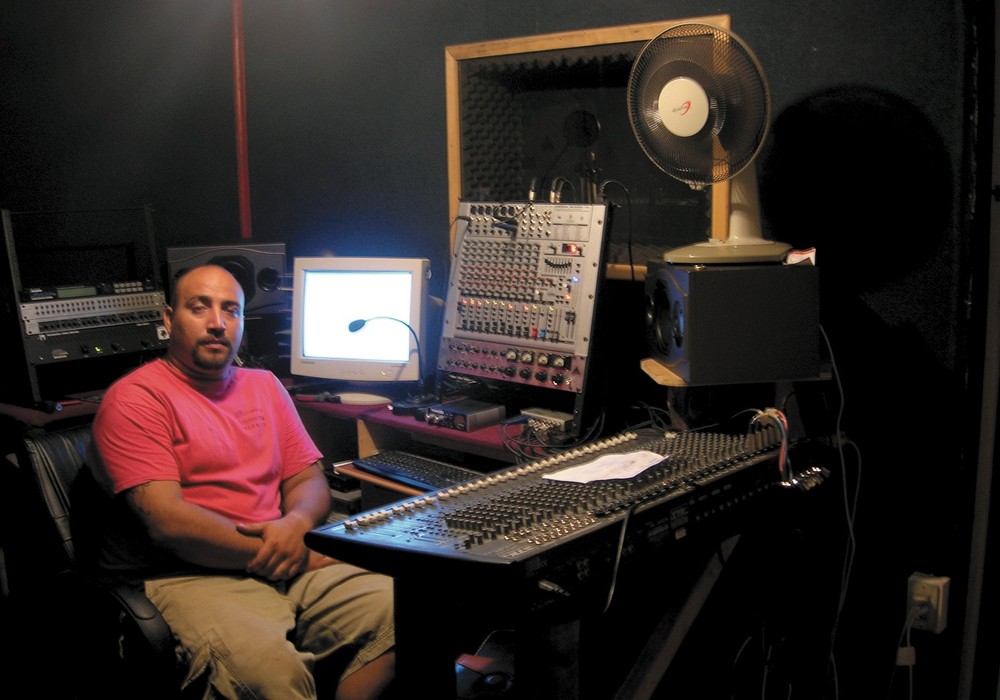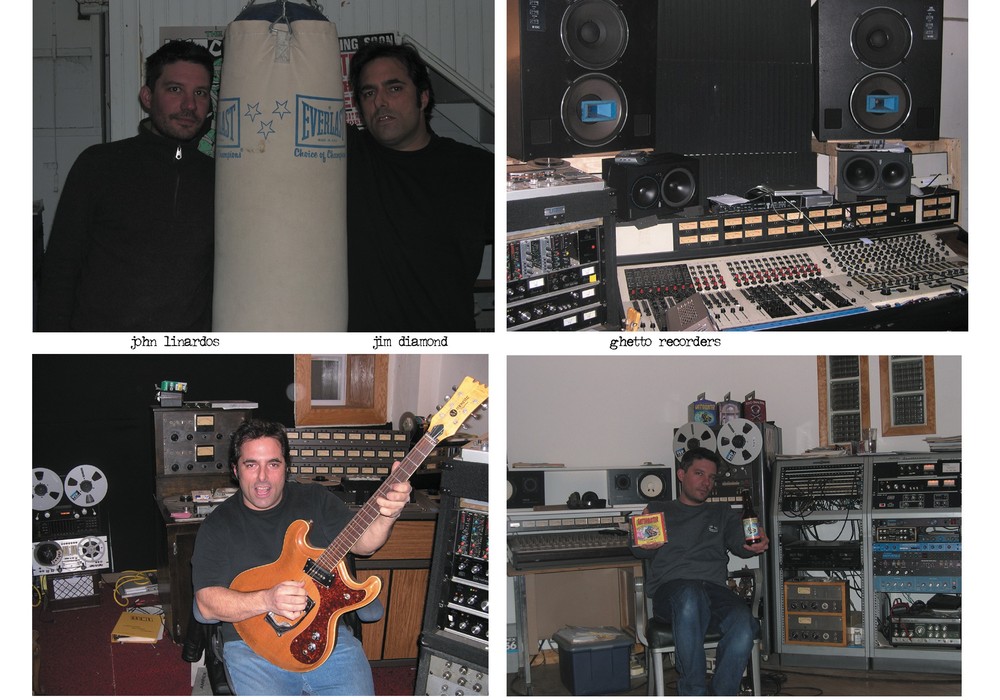We interviewed Phill Brown in issue number [#12] of Tape Op. Over the years he's worked with some of the greatest artists ever, like Jimi Hendrix, Joe Cocker, Traffic, Spooky Tooth, Jeff Beck, Led Zeppelin, Robert Palmer, Bob Marley, Steve Winwood, Harry Nilsson, Roxy Music, Stomu Yamash'ta, John Martyn, Little Feat, Atomic Rooster, and Talk Talk. This is another excerpt from his (still!) unpublished book, Are We Still Rolling? Last issue: Phill worked on Robert Palmer's Pressure Drop. –LC
Months of continuous work from November 1975 now peaked during February 1976, when I found myself working on two albums at once. During the day, from 11 a.m. to 7 p.m., I was mixing Rock Follies, while at night, from 8 p.m. to 5 a.m., I was recording Stomu Yamash'ta and the GO project.
Rock Follies was a TV drama and album based on the music business, co-written and produced by Andy Mackay and Howard Schulman. For me it had started in late January, after back-to-back sessions with Blondel and Jim Capaldi. The Rock Follies recording sessions were long and manic, as there was a total of only 15 days available to record and mix all the music - not only for the TV show, but for the album as well.
There were about fifteen people on the sessions, mainly from the TV company - producers, directors, writers and those in charge of the script. We worked so fast that the whole project was plagued by musical and technical mistakes. However, the sessions were made easier by the humor of Ray Russell, who was the guitarist and arranger. Andy's laid-back attitude also helped, as did the "game" of matching up the TV story with real life studio events. Charlotte Cornwall appeared nervous and neurotic and took a daily Valium to help her deal with the stress, while Rula Lenska seemed to be out of her depth, very detached and had difficulty singing in tune. Julie Covington, unlike her TV character, was totally professional and, I thought, the only real singer. The sessions were constantly interrupted by emotional outbursts, musical mistakes and demands "to be taken seriously.". There were many occasions when Andy, Ray and I would hide behind the desk, laughing hysterically, trying not to be seen by the singers and musicians.
On the 4th of February we finished recording and moved into Studio 2 to mix. The crowd of people was now reduced to six. Up to this point I had been working an average of 14 hours a day with no real breaks, trying to finish each day's workload before driving home to Sussex at night. However, things were about to get even worse.
Stomu's album was very different in content and approach and included a band of "name" musicians. It was labeled a "rock/classical concept album", but turned out much better than this description might suggest. I had worked with Stomu the year before, on the album Raindog. This had been recorded and mixed in Studio 1 in just two weeks, during which I had struck up a good relationship with Stomu. That was the first time I had had any working experience with a Japanese artist. He seemed straight and honest in his dealings with people. Eighteen years later, while working with Fusasonuke Kondou on an album in London and touring in Japan, I discovered that such straightforwardness and honesty is perfectly normal behavior in Japan.
Stomu had built up a reputation in both the classical and jazz fields as being a genuinely experimental percussionist. With justification, he was described in his own publicity material as "an artist who really does succeed in breaking down barriers." Stomu was now in his late 20s, with long straight black hair, thin face and sinewy body. He appeared very centered and through patience, stamina and determination usually achieved what he set out to do. He could be very single-minded in his working approach and at times gave off a feeling of intransigence. He had released two previous "rock" albums on Island Records, The Man from the East in 1972 and the aforementioned Raindog in 1975, in which many western musicians had been involved, including Morris Pert, Peter Robinson, Gary Boyle and Maxine Nightingale. Both albums had received excellent reviews. His music had been used in the films The Devils and The Man Who Fell to Earth and he had worked with the British Royal Ballet on the more classical Shukumei. His beautiful wife, Hisako - a leading classical violinist and very successful in her own right - was also a guest on these albums. On Raindog, Stomu had welcomed my comments and suggestions and I had brought in my...
